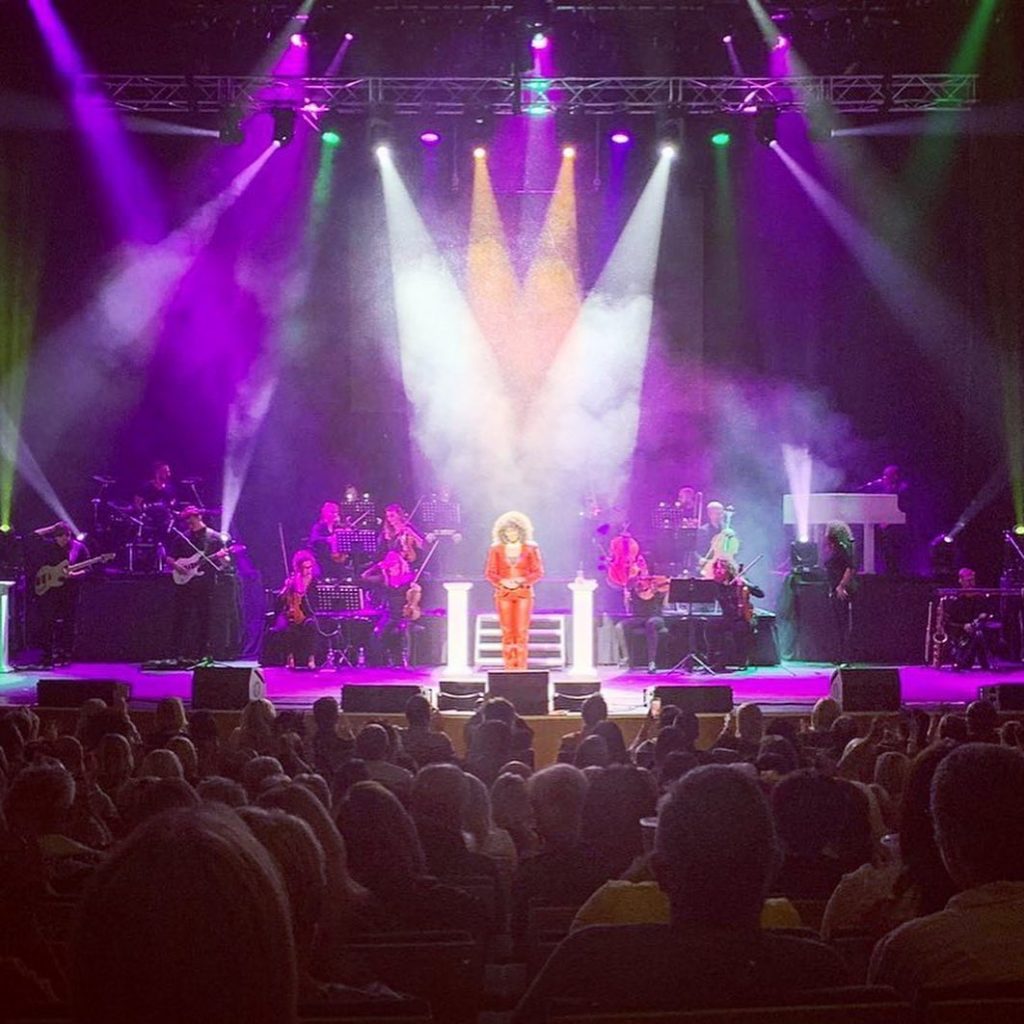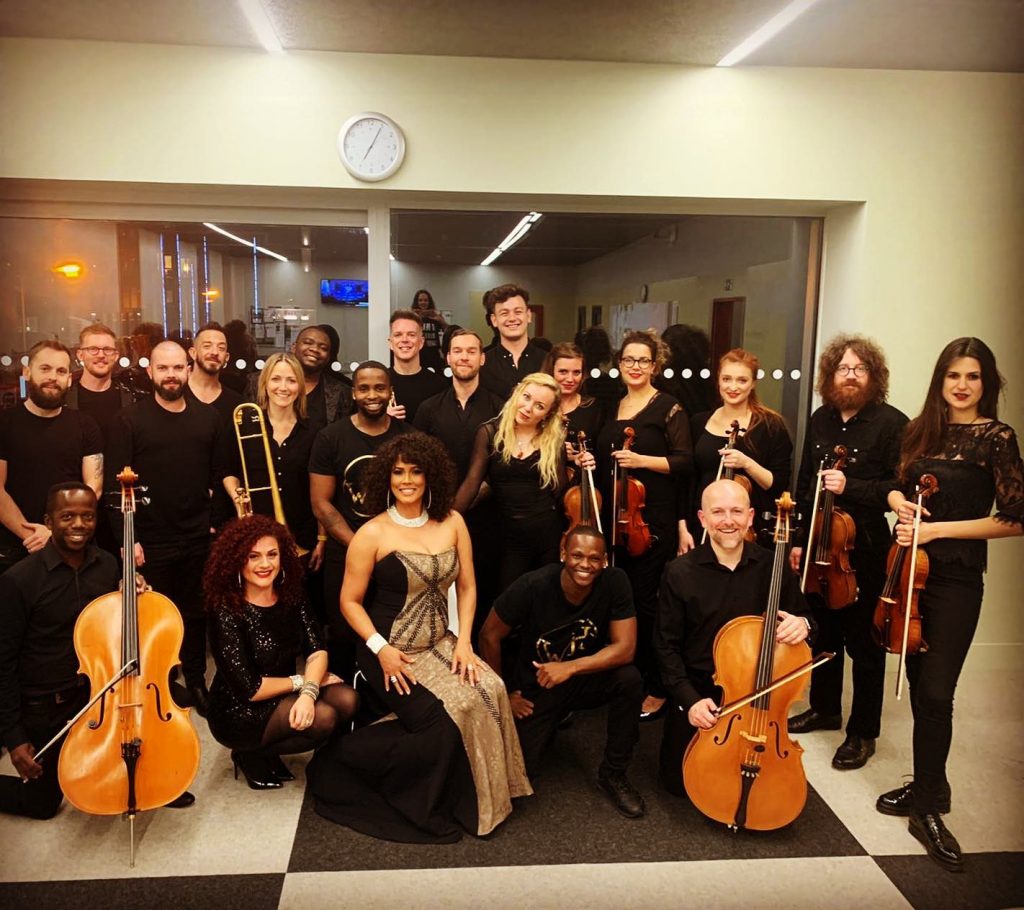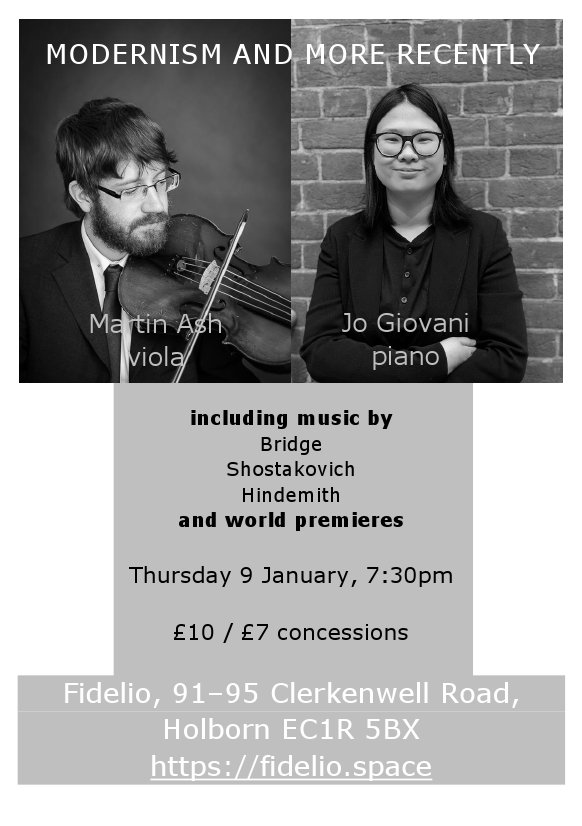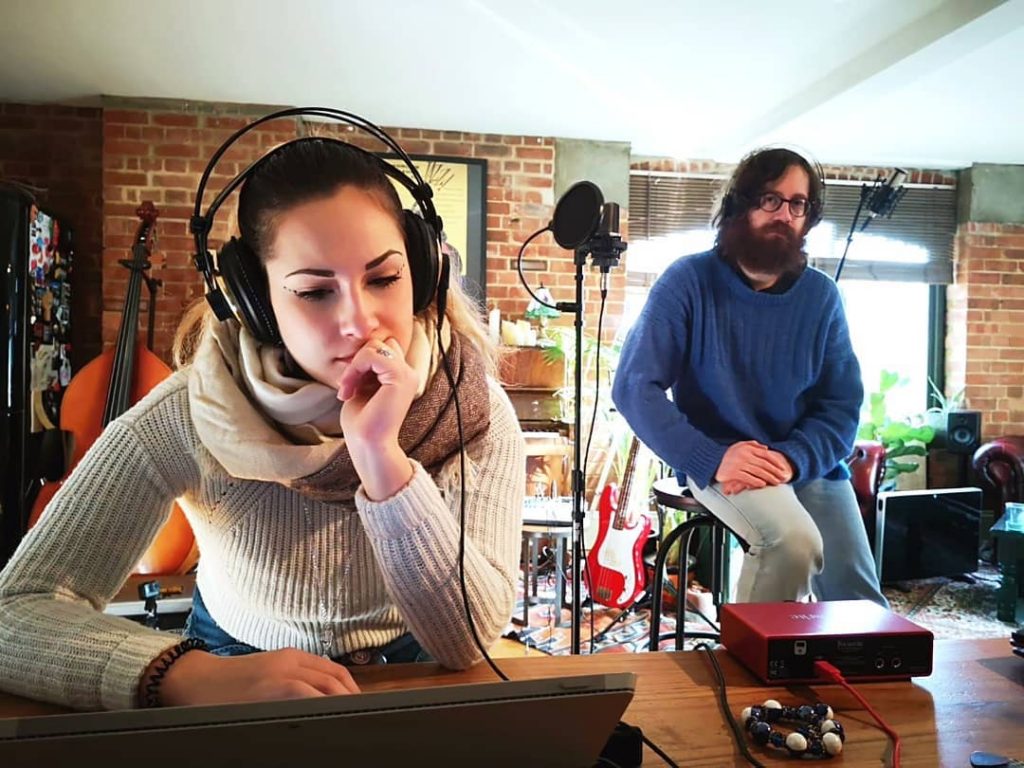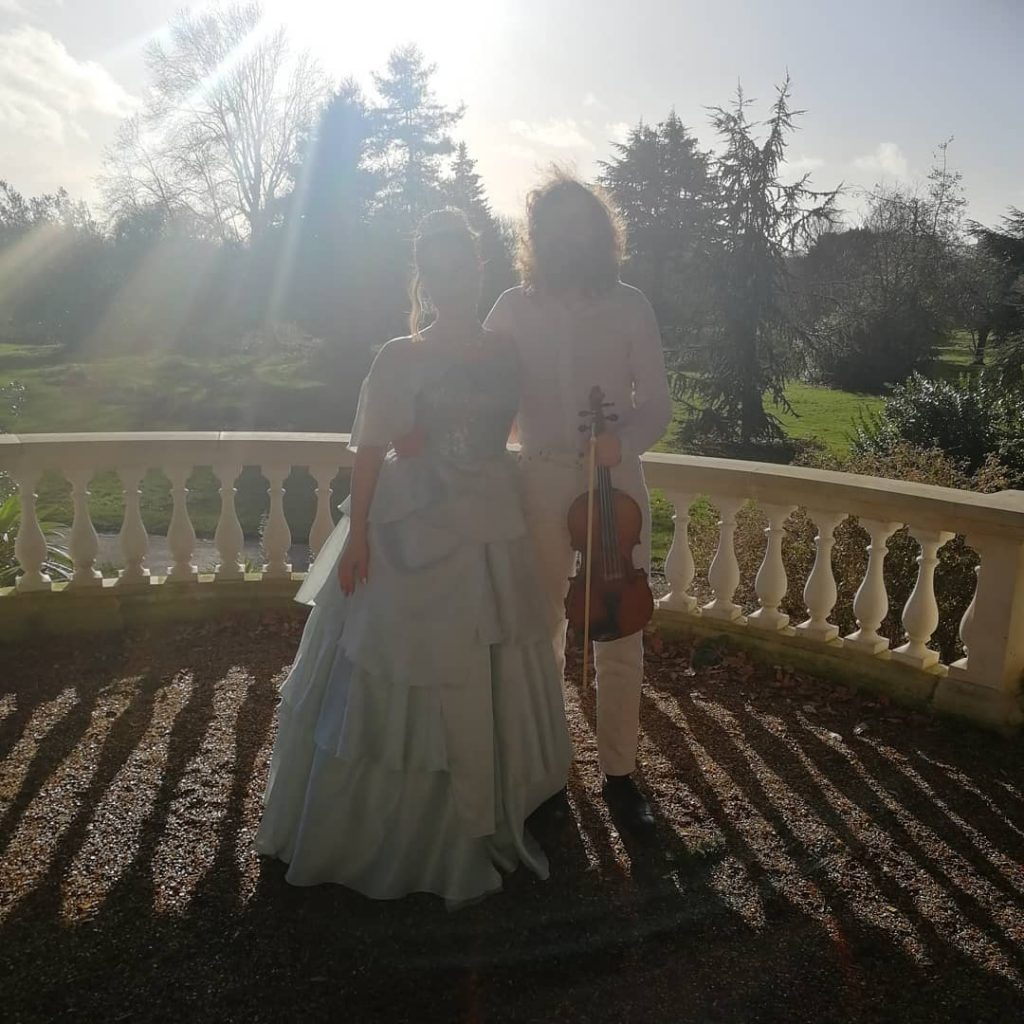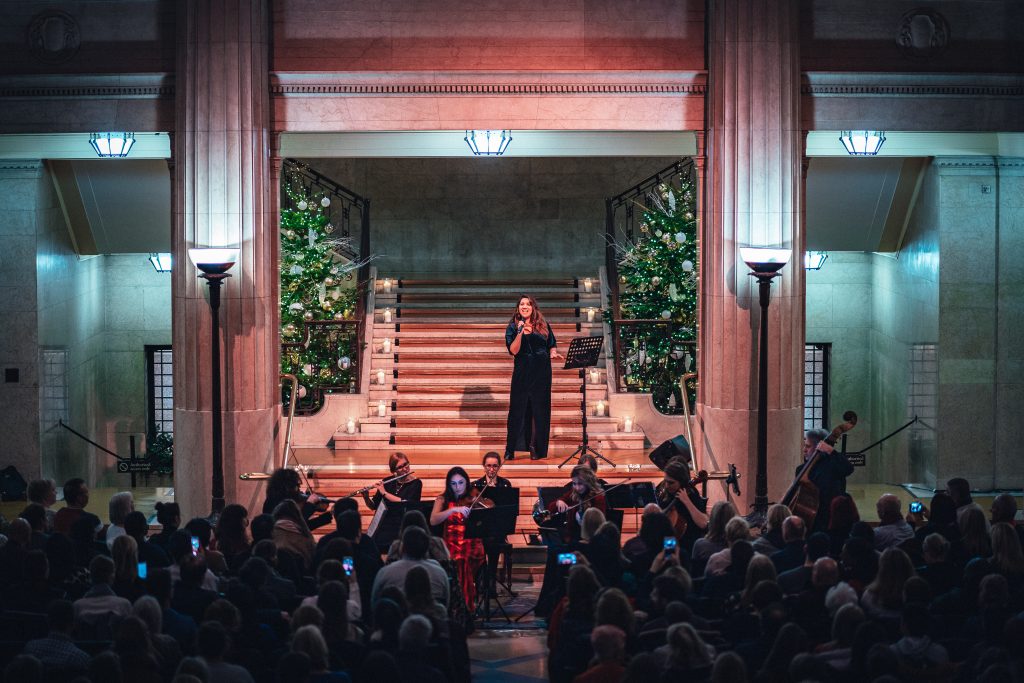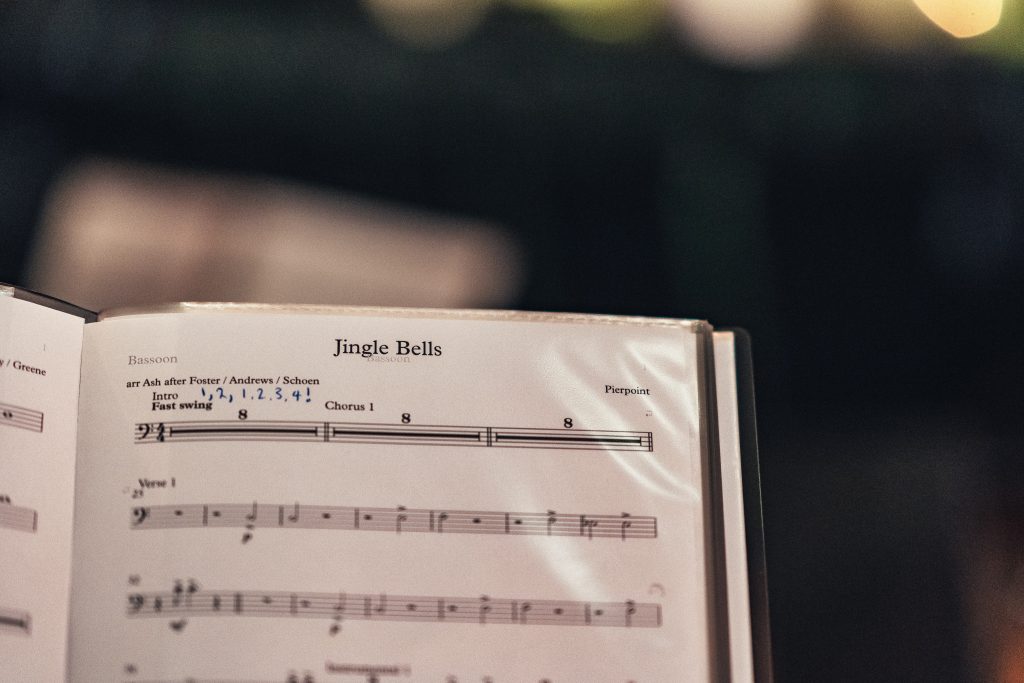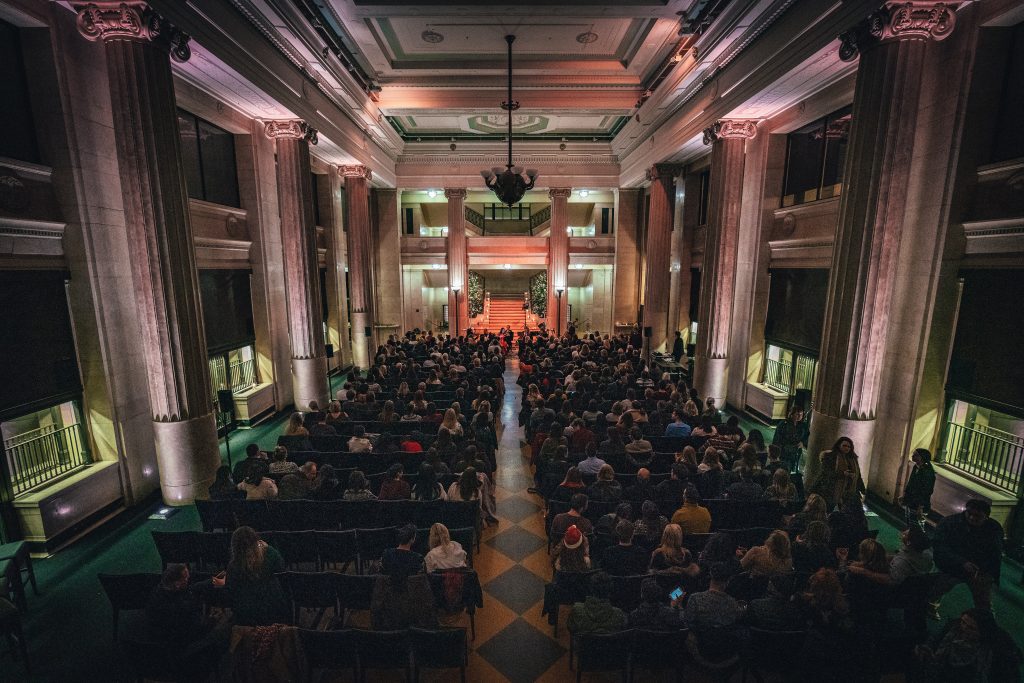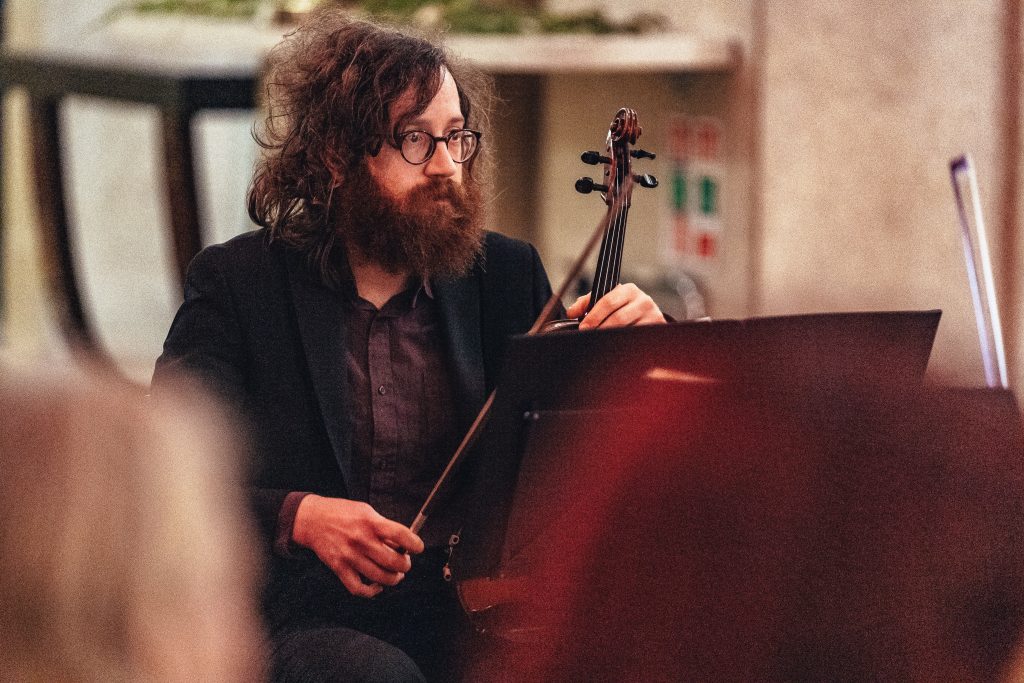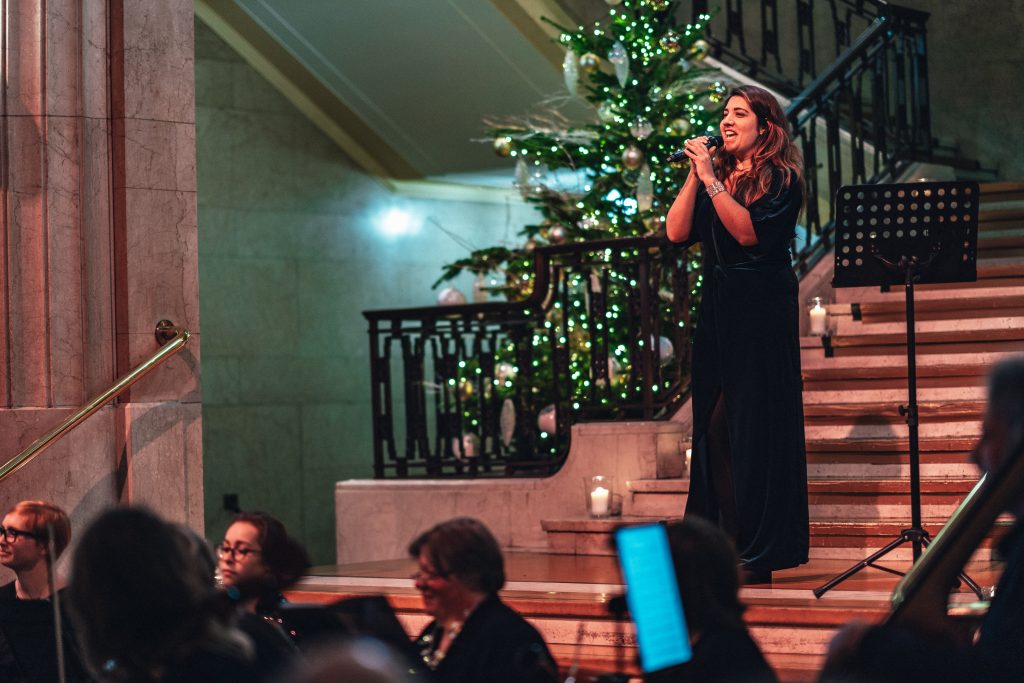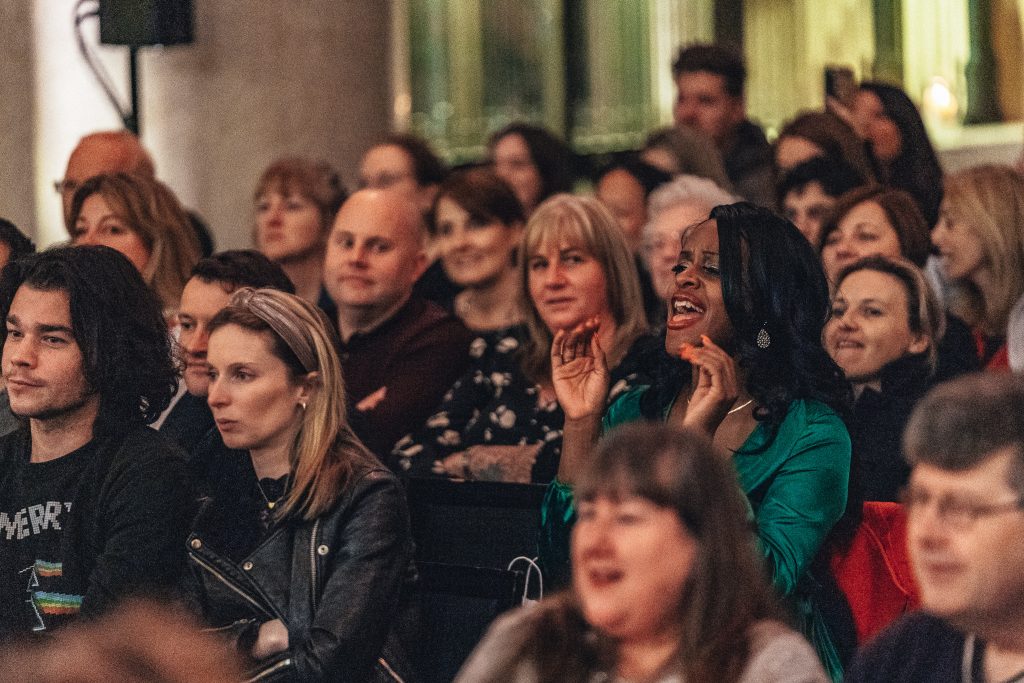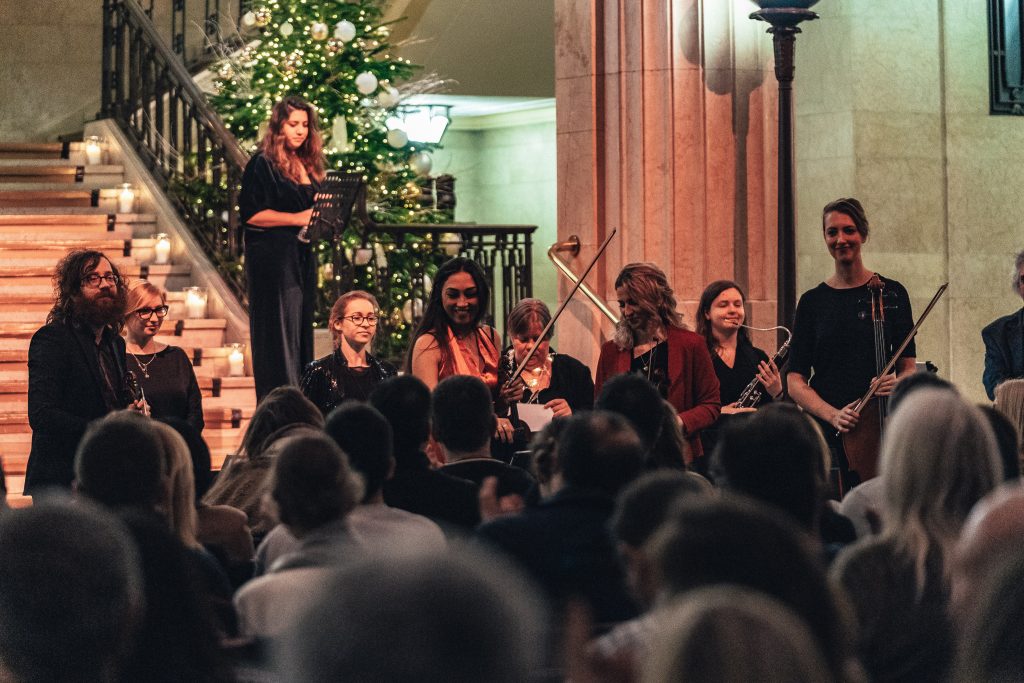It’s come up in offline conversation that I haven’t posted anything here for a while – in fact, my last post appears to have been nearly 5 months ago. While a lot of those who see me directly know at least roughly why that is, maybe I should put together a fairly full description. Even though this is the post I didn’t envisage writing, because broadcasting bad health to the world is hardly effective marketing copy. Here’s, for once, hoping my blog posts are read by more peers and supporters than prospective clients …
Rewind to September of last year. I was finding myself extremely tired even by the standards of a somewhat workaholic freelance musician. Of itself, that might not be that significant – I always suffer somewhat from the shortening days, and summer is always very busy for playing, so I was presumably cumulatively run down and would be likely to bounce back with a slightly quieter schedule over the autumn.
I didn’t. I carried on staying in bed until mid or late morning, frequently going back to bed for daytime naps (completely out of character), finding myself worn out by or unable to face fairly minor exercise like walking half a mile to get my food shop or biking a similar distance, sometimes losing whole days to just being ‘zoned out’ and unable to concentrate even on watching on-demand TV. My coffee intake soared as I tried to keep doing what I had been – busking, publishing work, gigging, working on my viola technique.
At this point I consulted my GP (at least having multiple long-term illnesses already means I tend to discuss potential health problems … ). They ran blood tests, found a couple of borderline deficiencies (vitamin D, B12, folic acid) and were able to correct them with a 3-month course of supplements and some diet shifts. My blood results returned to normal; my energy levels didn’t.
We were now up to something like January (with no improvement from my annual trip back to my parents’ and crash out for a few days around Christmas). Instead of seeking another diagnosis within the NHS, my next port of call was Raymond Perrin. His analysis of, and technique of treating, chronic fatigue syndrome have succeeded in vastly improving my elder brother’s health (even to an extent I can observe!), which is more than I have yet heard anyone say for the NHS-approved approaches. (Two sidenotes: NICE are currently in the process of planning trials which, if successful, will lead to NHS funding for the Perrin treatment … in something like 2030. Also, a musical acquaintance is being seen by my/our local NHS CFS clinic, and it seems that since the official withdrawal of the definitely harmful Gradated Exercise Therapy for CFS, the NHS, at least in Lewisham, now basically leaves the fatigue itself alone and simply offers Cognitive Behavioural Therapy to try and enable people to get less depressed about being so limited.)
It was March by the time I was able to get a diagnostic appointment with Perrin (he is based in Manchester but does a couple of days a month in London). His diagnosis was unambiguous: I ticked all the boxes for his understanding of CFS, albeit in a milder form than the average patient who comes to him (the personal connection presumably explains looking earlier).
If you want to go through the medicine of the Perrin diagnosis (which I am tempted to say should really be called something like self-aggravating cerebral lymphostasis, since chronic fatigue syndrome is just a description of symptoms with implicitly little understood cause), I would definitely suggest starting from his website and/or his book (available on Amazon). However, here’s a highly condensed version as far as I recall it (total accuracy far from guaranteed):
- The lymph system drains large-molecule toxins from the body (including the central nervous system) to the liver for detoxification and removal
- In CFS, toxins build up in the central nervous system
- They tend to sink to the bottom of the brain
- This includes the area which controls unconscious processes like circulation (including of lymph), which is therefore effectively poisoned
- Lymph circulation is disrupted – the ducts become varicose, do not flow or flow in the wrong direction
- So the central nervous system is not drained of toxins
- This becomes a feedback loop
The Perrin treatment is not a quick, easy or (as only available privately) cheap fix. The initial estimate was I might get as well as I would get (normally something like 70-80% health) in the space of 15 months. Through that time, it was made very clear, I would need to ‘pace’ my activity to my available energy – trying to improve by pushing myself gradually harder would, in this case, worsen matters.
For the initial 3 months at least, treatment would involve a substantial dose of supplements (vitamin B complex, fish oil and milk thistle extracts); minimising caffeine intake and avoiding alcohol altogether (both of which have been struggles); three times daily self-massage and exercise routines, plus application of hot and cold packs to my back; and weekly sessions with a specially trained osteopath, for massages aimed at re-starting the lymph circulation.
One of the initial effects of the treatment working, of course, is to drive those built up toxins out of the parts of the body where they have been sitting not impacting the rest of the system much, into the wider system, to be processed by the usual mechanisms; which means the body feels that it is being poisoned, and feels correspondingly worse before starting to get better as the relevant nervous areas are detoxified and circulation starts to improve.
In my case, they were driven out unusually slowly or there was more built up there than initially estimated. Either way, by the time of my 3-month checkup I had got worse, but not really started to get better. Cue continuing the same level of treatment for another 3 months (rather than moving to something less intensive as improvement gets under way and the process becomes more self-sustaining), and a more or less open question mark over how long the total process might take.
As for the ‘pacing’: I dropped all publishing work more or less immediately (with financial, especially while buying supplements at true cost and paying £200 a month in treatment fees, but little personal, regret). A little while longer revealed that busking 2-3 times a week had to go too. It hasn’t been health optimal, but I have done almost all the gigs I was booked for – notably, a dense early summer of weddings with Miracle Cure. For one thing, those were the most pay for the amount of work (even with all the travelling, taxis to country venues, overnight stays etc.!). Also, I knew that if I started pulling out of gigs wholesale, there would always be someone else to take them on (such is professional music at present) and there would be no motive for a booker to get rid of the replacement and swap back to hiring me when my health eventually picked up again. I say that with no prejudice, it’s just the most pragmatic decision for the boss to have minimum disruption.
So I’ve spent most of June and July doing two gigs a weekend, between Miracle Cure, Kindred Spirit, the Mechanics and some bits of classical work – and essentially spending the intervening five days recovering; getting food delivered so I don’t have to carry it, eating quite a lot of oven pizza, stuffed pasta or even takeaways when cooking is beyond me, sleeping in the morning and afternoon and struggling to get to sleep at night, and certainly not blogging. Or doing technical viola practice.
Of course, this doesn’t mean my other chronic woes have taken a holiday while I deal with this, hopefully actually temporary, one. The changes in level of activity, disruption to any semblance of routine (anyone for getting up at 11am, then feeling exhausted after breakfast and going back to bed till 4:30?) and I suspect actual slowdown in metabolism have playing havoc with trying to manage my blood sugar (you all know I’m type 1 diabetic right?). Simultaneously, the amount I can’t do, so to speak, and the amount of time sat around at home, mostly on my own (we aren’t the most sociable houseshare in history – even before both my housemates spend most of August away!), plus sheer lethargy, has all been worsening the never-entirely-goes-away depression. Almost certainly not helped by spending more time foggily scrolling on Facebook – and so being dually more exposed than usual to comparing my actual life to the curated picture on social media. Most of my social media feed is other people’s music careers, leavened with other people’s relationships and children (also not exactly a field in which I’m progressing very well for my time of life). What music I am doing being largely stripped back to well-known rock/folk/pop covers, with an occasional gig of (someone else’s) original rock music that has tended to be extremely poorly attended, hasn’t exactly helped either in that sense. I thought the money in and out were more or less balancing with the wedding gigs and not doing perhaps as much spending – till I realised I had a few hundred pounds of tax bill to pay by the end of July. (Since sorting that I’ve also made some hopefully either necessary or ultimately good investment but definitely expensive purchases, so trying to keep track of what’s going on has largely gone out the window as I’ve restocked my current account at the expense of my most accessible savings.)
At its worst, the tiredness is effectively emotionally stultifying – which can actually be a good thing in terms of depression; if you just want to sleep and are kind of numb, you aren’t that actively miserable … I think it does go with a slight improvement in energy / fatigue that I’ve been feeling musically and socially frustrated (is that a thing?) much more obviously as July’s gone on, as well as (unfortunately) correspondingly more depressed. There isn’t much leeway for doing any more about any of those things though, as I’ve found by experiment; I still tire a lot very easily. The only reason I’m going to experiment with going back to 1 or 2 busking slots a week is because my diary seems to thin out to generally one gig a weekend, not 2, in August and hopefully the energy drain is similar and more spread out (two busking sessions won’t make me what I’d get from one wedding gig, but they might make what I’d get from one other job).
And there, more or less, you have it. I’ll know more about progress come my second check-up in September; my best guess is that I’ll still be in (gradually lightening) treatment and still feeling (gradually less) ill for at least a year from then, but estimates have already been wrong once so I make no guarantees. In the meantime, if you want me I’ll probably be in bed. As I am while typing this.
